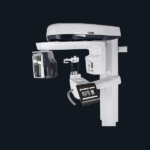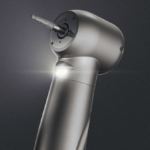
Do you know ceramic braces, also known as clear braces, are made of tooth-colored brackets? These brackets are made of polycrystalline alumina and easily blend with your teeth.
Until recently, braces were exclusively worn by children, most commonly those in their teens. They are also a popular option among those who want to straighten their teeth.
However, orthodontic treatment is becoming popular among adults. According to a 2018 report from the British Orthodontic Society – about 80 percent of members were seeing an increase in adult patients compared to 75 percent as seen in 2016.
This increase in figure is certainly related to the growing availability of clear braces – of which ceramics are one of the most popular choices. You should clearly understand the pros and cons of these dental braces.
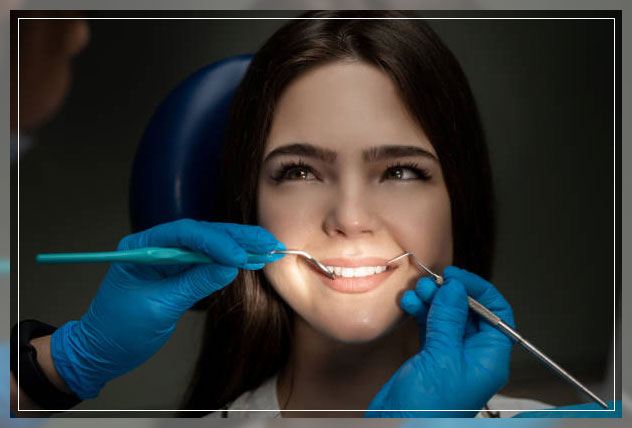
Know more about ceramic braces so that you can make an informed decision when you decide to straighten your teeth.
What are Ceramic Braces?
Ceramic braces are popularly known as clear braces. They come with clear or tooth-colored brackets made of polycrystalline alumina. The material can easily match your teeth’ color, thus making them subtler and less noticeable than metal braces.
The connecting wires can also be tooth-colored. Hence they further decrease the visibility of your ceramic braces. Teens and professional working adults often prefer these braces over metal ones. You will choose this to straighten your teeth without the appearance of metal braces.

You need to be careful as they tend to stain more easily. It is due to the lighter color of the brackets. So you should avoid dark beverages like coffee and red wine. In addition, they generally cost more than traditional metal braces, though the prices may vary from place to place.
Ceramic braces, first introduced in 1987, are made of aluminum oxide. It is the most common natural form of corundum – rated 9/10 on the Mohs scale of mineral hardness just below diamonds.
The brackets of these braces are generally glued to the surfaces of your teeth. Brackets can be made of ceramic, stainless steel, or other materials. An arch wire usually controls the movement of the teeth and connects the brackets and the bands.
How Are Ceramic Braces Different Than Metal Braces?
The ceramic and metal braces use a similar design to achieve straight teeth and a healthy smile. Though the function is the same, the significant difference is the material these brackets are made from.
Metal braces often use brackets made of medical-grade stainless steel. In contrast, ceramic braces use polycrystalline alumina that might be clear or the same color as your tooth.

Moreover, the stainless steel is highly noticeable against the white background of your teeth, so ceramic brackets are appealing, especially for their discreet appearance. They are also called clear braces since the brackets can be transparent.
What are Ceramic Brackets Made of?
Most ceramic brackets are produced from aluminum oxide (alumina) particles. These brackets are available in polycrystalline and monocrystalline forms. Most polycrystalline (multiple crystals) brackets are made by ceramic injection molding (CIM).
Ceramic Bracket Production – An Overview
Most ceramic brackets are produced from aluminum oxide (alumina) particles. Hence these brackets are available in polycrystalline and monocrystalline forms in the market.
Nowadays, most polycrystalline (multiple crystals) brackets are produced by ceramic injection molding (CIM). An outline of CIM is as follows – the aluminum oxide (Al2O3) particles are initially mixed with a binder. This mixture is then passed through heat and pressure application. Finally, the mixture is injected into a bracket mold.
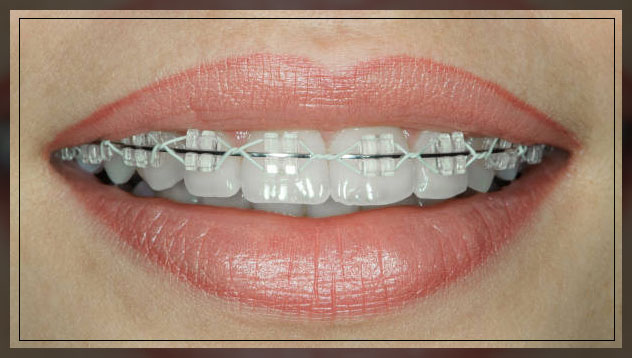
In the end, the binder is removed, i.e., burned out. Subsequently, sintering the production of a coherent mass by heating without melting is carried out. The advantage of CIM is that this advanced technology can easily manufacture complex and precise items having smooth surfaces in large quantities at very fast rates.
The production process for monocrystalline (single crystal) ceramic brackets – is often referred to as sapphire brackets. Interestingly, their process is completely different. Here, the Al2O3 particles are first melted. The resultant mass is slowly cooled to obtain crystallization. This slow cooling leads to the production of a large, single crystal.
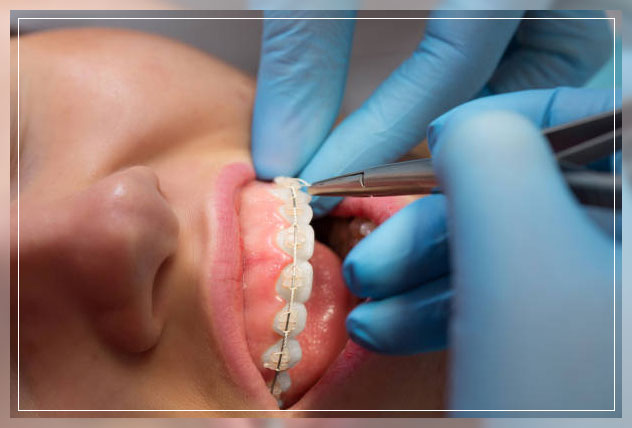
This single, large crystal is in the form of rod or bar form and is then milled into brackets with ultrasonic cutting techniques and diamond cutting tools. After the milling process, the monocrystalline brackets are heat-treated. The heat treatment eliminates surface imperfections.
The process helps relieve the stress caused by the milling procedure. The production of these ceramic brackets is more expensive when compared to the production of polycrystalline brackets. This increased expense is primarily due to the difficulty of milling, that is, the cutting process.
What Conditions Do Ceramic Braces Treat?
Ceramic braces use the same technology as those metal braces. These clear or tooth-colored brackets are affixed to your teeth and connected by a flexible archwire.
Your orthodontist or dentist will carefully re-align the teeth into their proper positions by adjusting and tightening the wire. These braces can correct many different kinds of orthodontic conditions – these are called malocclusions.
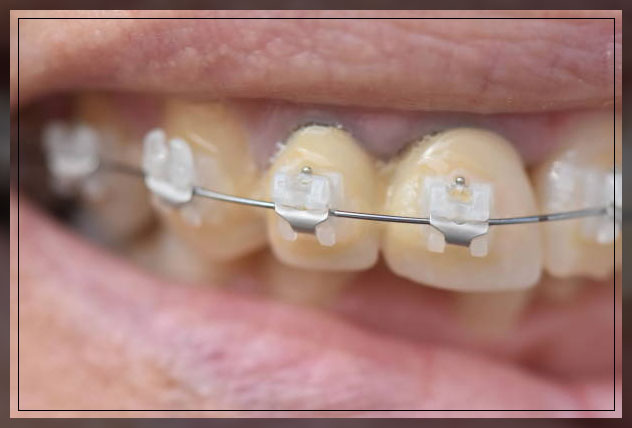
Each of these conditions requires careful planning and expertise to treat. Therefore, seek out an expert orthodontist with a good record of achieving healthy smiles. Some common malocclusions treatable with ceramic braces generally include overbite, gaps between teeth, excessive overjet, crossbite, or crowded teeth.
It is important to note that the treatment may take longer with ceramic or clear braces, probably due to the delicate material used in the brackets. But you can expect reliable results with ceramic ones under the supervision of an experienced orthodontist or dentist.
Properties of Ceramic Brackets
1. Hardness
Do you know that ceramic brackets are known for their hardness? Yes, they are notably harder than enamel. Therefore, contact between the ceramic brackets and enamel has to be avoided by all means. Any such type of contact may lead to severe enamel damage.
You must take particular care to be exercised with deep bite and class II canine relationship patients. If required, your dentist may perform bite opening applications to prevent enamel damage.
2. Tensile strength
The ultimate tensile strength – is defined as the maximum stress that material can withstand while being stretched or pulled before failing or breaking. When stress is placed on a ceramic material, it may experience deformation before failure.
In other words, ceramic brackets do not flex. It implies that ceramic brackets are much more likely to fracture than metal brackets under similar conditions.
3. Optics
The optical properties of ceramic brackets often provide an attractive option for a great number of patients. As you know, polycrystalline ceramic brackets possess a microstructure of crystal GBs. This microstructure often reflects light, resulting in some degree of opacity. In contrast, single-crystal brackets lack GBs – which permits the passage of light, thus making these brackets basically clear and attractive.
Therefore, monocrystalline brackets have more optical clarity than polycrystalline brackets. But whether this difference is of essential importance from an esthetic point of view is a decision both the orthodontist and the patient have to make.
4. Color stability
It is important to note that the color stability of ceramic brackets throughout the treatment is an important characteristic. Ceramic brackets, both monocrystalline and polycrystalline, usually undergo a color change when subjected to black tea, coffee, coke, and red wine. But it is important to note that more studies in the color stability of ceramic brackets are required.
5. Plaque accumulation
Regarding plaque formation, limited information is available about which bracket material (ceramic versus metal brackets) is less prone to the adhesion of plaque and bacteria accumulation. However, a clinical study at the end concluded that ceramic brackets exhibit less long-term biofilm accumulation than metal brackets.
However, more studies are required to determine whether the difference in biofilm accumulation between metal and ceramic brackets significantly affects the development of decalcifications. Dentists need to choose braces depending on the oral habits of patients.
Who Should Get Ceramic Braces?
Who should get ceramic braces? If you are interested in straightening your teeth but do not want the look of metal braces, then ceramic braces are an excellent choice. They are generally preferable to metal braces for many older teens and adults – individuals who want a discreet orthodontic option.
For professionals or students, ceramic or clear braces provide all the effectiveness of metal braces – without the “metal mouth” appearance that you might see in younger teens.
As you know ceramic braces stain more easily. They are best for people who are responsible enough to avoid certain foods and beverages. It is also suitable for those who care for their braces properly.
And due to their higher prices, those people interested in ceramic braces should consider whether it is worth the investment for the benefit of discreet treatment.
You need to understand that ceramic or clear braces are not for everyone. But if you are looking for reliable, effective orthodontic care that can discreetly blend with your smile. They are like an excellent choice for you.
Conclusion
To summarize – the most significant advantage of ceramic or clear braces is the discrete, subtle appearance. Probably because they can blend seamlessly with your smile.
While certain disadvantages might make metal braces more attractive for many. But the decorative feature is the most important, so ceramic braces are a clear choice for most.
Read more related topics like dental gloves, BPA free products, Littmann stethoscope, infrared thermometer, digital thermometer, vital signs monitor, and more.


